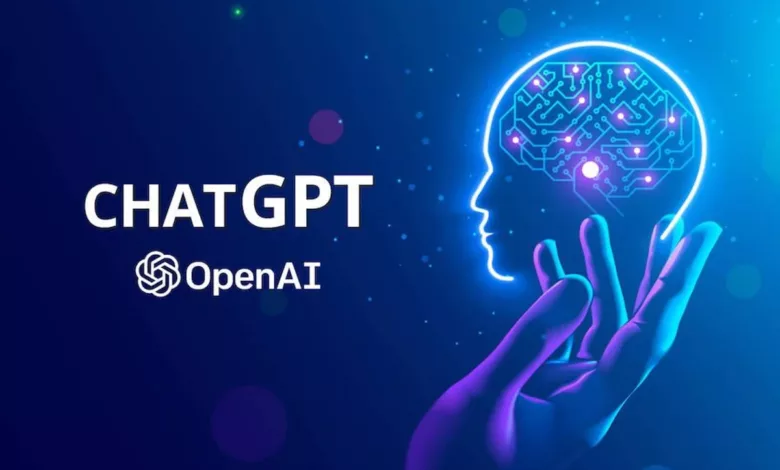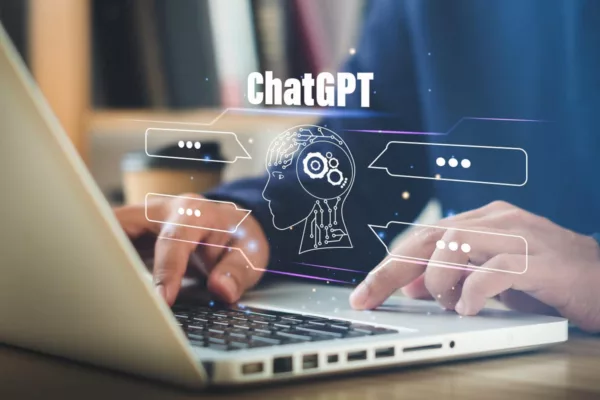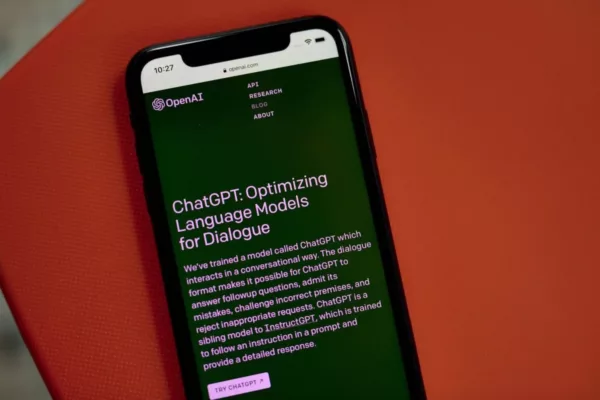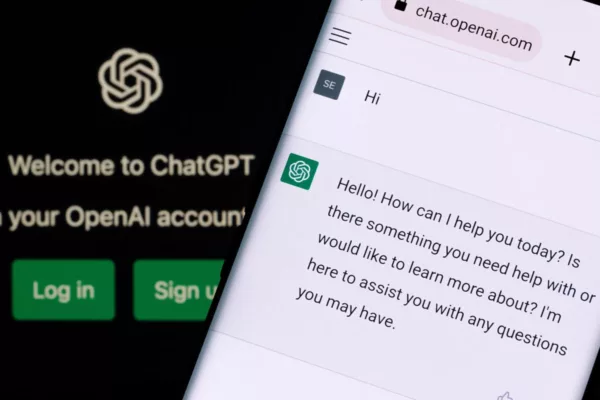ChatGPT VS Teachers: Why Do Teachers & Schools Want To Prohibit It?

ChatGPT VS Teachers: Why Do Teachers & Schools Want To Prohibit It?
The “chat robot,” a writing tool powered by artificial intelligence, is all the rage right now. Why is it under discussion, how does it function, and why do universities and colleges all across the world want to outlaw it?
To begin, let’s examine what Chat GPT is and how it functions.
Generative Pre-trained Transformer version 3 is the full name of GPT-3. “ChatGPT,” an OpenAI GPT-3-based chatbot, debuted in June 2020. This was developed to provide a conversational AI platform that makes use of the GPT-3 language model’s sophisticated language creation capabilities.
The ChatGPT was created to give consumers the ability to converse with AI-powered chatbots in human-like ways, giving businesses and people a cutting-edge way to interact with their clients and automate customer care. As a result, customers get a more natural and personalised experience, which boosts productivity and increases customer satisfaction.
GPT-3 is a computer software that can create a language that resembles that of a human being based on a sizable body of data that it has been trained on. It can execute a variety of language-related activities, including translating languages, writing stories, summarising articles, and many others. It is currently among the most robust language models available and has the potential to significantly advance fields like conversational AI and natural language processing.
How do students make use of it?

Students can work more productively and quickly by using ChatGPT to get homework assistance without having to wait for a teacher or tutor. There are various ways that ChatGPT can assist students with their schoolwork: If you ask the cutting-edge artificial intelligence programme ChatGPT to write an essay about the reasons behind World War II, you may watch it quickly produce a compelling term paper.
ChatGPT can help students with their homework study by offering pertinent data and responding to pertinent inquiries. For students to better understand the material and do their homework, it can also offer study materials. ChatGPT may offer concise explanations and examples to help students understand any concepts they are having problems with. Additionally, it can help students with their writing projects by recommending suitable vocabulary, grammar, and sentence construction.
Any issues that students may have regarding their homework can be answered through ChatGPT, which offers prompt and precise responses to assist students in advancing more quickly. English assignments have been sent to ChatGPT by teachers, and the results have been superior to those of many of their students.
Everything is possible with ChatGPT, from creating cover letters to summarising the main ideas of a well-known literary work. If students are permitted to utilise ChatGPT in their exams, there is no purpose in preparing because they will use ChatGPT to respond to the exam questions. This might seriously disrupt the educational system and cost the institutions money.
Why are educators and teachers in schools in favour of prohibiting it?

Students now use ChatGPT to complete their homework. The long-term effects of using a machine to complete your homework are negative since it stunts children’s brain development and eliminates their capacity for rational thought. According to the school and college authorities, ChatGPT can produce convincing language, but this does not guarantee that what it says is accurate or understandable.
The CEO of OpenAI, Sam Altman, stated on Twitter in December that “it’s a mistake to be depending on it for anything critical right now, and his statement proven to be accurate. It’s a sign of things to come, but robustness and veracity still need a lot more work. Experts advise against using ChatGPT or any other automated writing tool for academic assignments because doing so is regarded as cheating and is ultimately detrimental to the student.
Furthermore, the chatGPT can give incorrect answers and is not a dependable source of data. Schools want to make sure that material is being distributed truthfully and not misleading children. Students might be more engaged in speaking with the AI than paying attention in class as a result of this distracting technology. It permits anonymous communication and is a tool for online bullying.
It may show offensive or improper material, which could be damaging to students. Schools want to maintain a suitable and safe atmosphere for learning for kids.
Additionally, while the tool might be able to offer quick and simple responses to queries, it does not foster the critical thinking and problem-solving abilities that are crucial for success in school and throughout life.
The New York City education department stated that it is limiting access to school networks and gadgets because it is concerned about how it will affect students’ ability to learn as well as “concerns surrounding the safety and accuracy of the content.” However, there is nothing to restrict a student from using a personal phone or computer at home to access ChatGPT.
To stay on top of the battle against plagiarism, teachers in Singapore said they would probably have to switch from assignments that need regurgitation to those that require more critical thinking. This follows the emergence of ChatGPT, an intelligent chatbot that can quickly solve mathematical equations and spin articles.
Because ChatGPT can explain complex ideas in straightforward terms and react to follow-up inquiries logically, there have been issues over whether Turnitin and other plagiarism detection tools now used in schools can detect material written by bots. Since ChatGPT’s most recent version only became widely used during the summer vacation, Singaporean instructors who were interviewed claimed they had not come across any instances of cheating with the app.

However, there hasn’t been a shortage of examples of children using the chatbot to easily and convincingly accomplish schoolwork on social media. In December, ChatGPT made headlines when a student at a South Carolina university allegedly used it to create a 500-word dissertation on philosopher David Hume and the paradox of horror.
The Straits Times’ tests reveal that ChatGPT can handle A-level general paper questions, write and identify faults in code blocks, and resolve math problems from exam papers. And in 2023, with support from investors like Microsoft, the chatbot will only become smarter as it receives more updates.
Professor of media law Mark Cenite at Nanyang Technological University (NTU) was so impressed by the programme that he gave it the assignment of producing an essay for and against the death penalty in the manner of Shakespeare’s poetry.
Dr Cenite, associate dean of undergraduate education at NTU’s College of Humanities, Arts, and Social Sciences, remarked, “It instantaneously generated the normal arguments in coherent sentences linked together with introductions, conclusions, and transitions.”
“Raw information has been widely accessible through Internet searches for decades now,” he continued. The information can now be packaged for our pupils through ChatGPT. Although many educators Dr Cenite has spoken to believe that ChatGPT may be regulated by the types of tasks provided to students, university professors have been monitoring it.
According to Dr Cenite, who thinks that the development of such technology propels learning forward, “We educators must improve our game.” According to him, teachers must challenge their pupils through application and critical thinking rather than just asking them to memorise the fundamentals.
For instance, we could ask our students to apply the arguments in a specific scenario rather than assigning them a task demanding justifications for and against the death penalty. That original work can’t be done by AI yet, he claimed. In a world dominated by AI, “that innovation is what will make them significant contributors after graduation.”
Edited by Prakriti Arora




